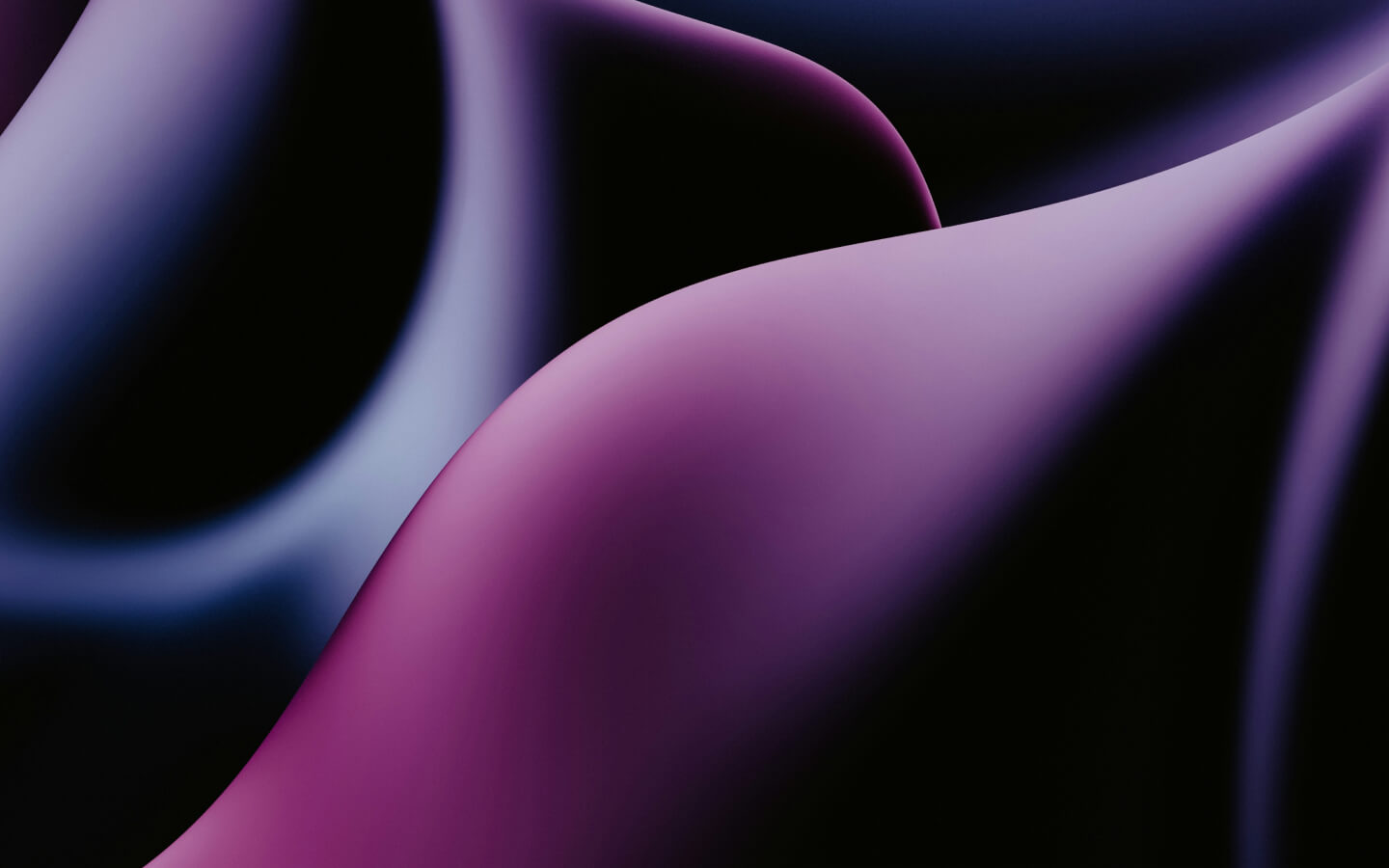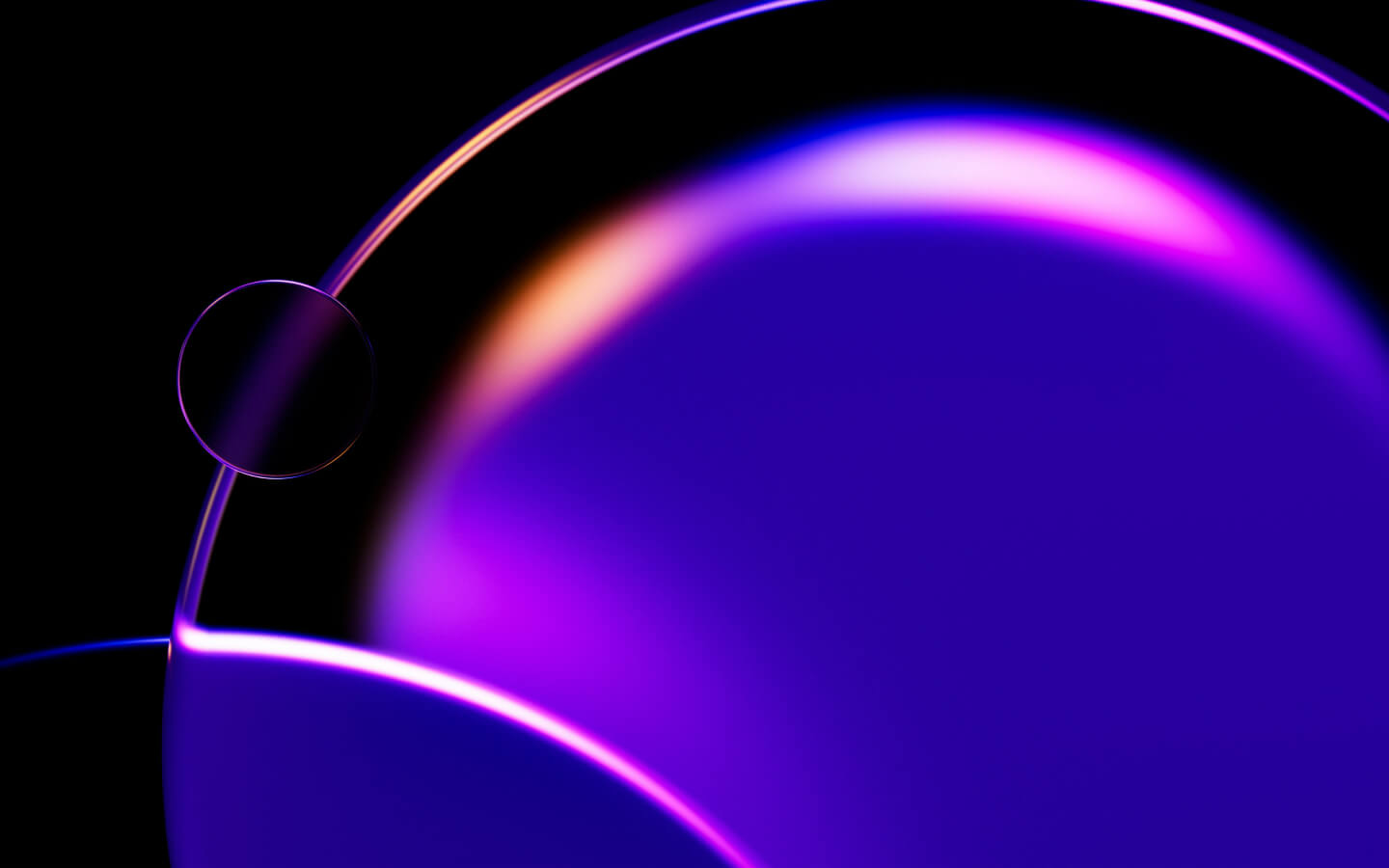I recently came across an article titled ‘U.K.’s Wallpaper Magazine Makes Pictures Move on Page’?. Of course this caught my attention right away. I mean who would honestly pass over an article that would explain how animation works within a print magazine?
For their October issue, Wallpaper, a UK design magazine, teamed up with the London office of Dentsu, a Japanese ad agency, to turn some of the editorial content into animated features. The inspiration for this issue came from a pre-cinema French technique call ombro cinema. Ombro cinema turns still images into animated pieces to add value and increase insight into a feature. Dentsu has used this technique in Japan in the past for newspaper and magazine ads, but could only incorporate this technique into Wallpaper’s editorial content due to limited turnaround time for advertisers.
How Ombro cinema works: The reader is provided with a sheet of acetate (imagine a clear sheet of plastic) and positions it above the ad or piece that they want to see animated. The reader then moves the acetate back and forth to make the image move.
The only tools/technology needed to view the animation are provided within the magazine ‘ no cell phone scanners or computer cameras needed as required with QR codes ‘ but it still keeps the reader engaged in the content they are viewing. While Wallpaper also included QR codes in the magazine for readers to watch video portraits of Isabella Rossellini and Brad Pitt, their use of ombra cinema showcases the technique as a viable option for print advertisers to reach consumers while the popularity of scanner enabled handsets continues to grow in the U.S. There is little to no news of ombra cinema debuting in the U.S.; however, imagine the buzz and exposure a brand would receive if they were one of the first to implement this type of print advertising.
For more images/examples, check out Dentsu’s blog: http://www.dentsulondon.com/blog/2010/09/08/moving-wallpaper/.



